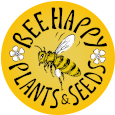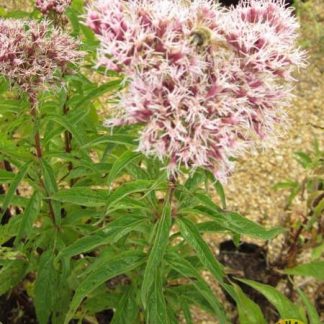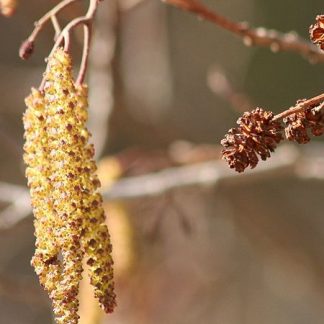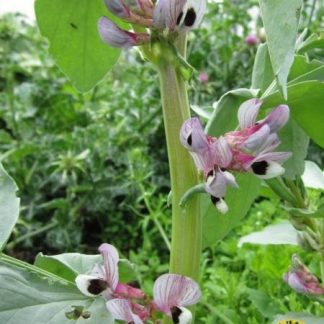Description
Fabaceae (family name)
Forage for Pollinators: Produces Nectar for practically all Bees, including Honeybees. The nectar is so prolific and popular that even though the long-tongued bumblebee are the only ones able to feed from the front of the flower, short-tongued bumblebees will bite holes at the flower base (‘primary nectar robbing’) and honeybees will take advantage of these same holes (‘secondary nectar robbing’). Extrafloral nectaries are also to be found beneath the small leaf-like stipules indicated by two dark spots, and these secrete nectar in abundance starting two weeks before flowering and continuing right through the flowering season. In sunny weather, honeybees can store a large surplus from broad beans (and field beans).
Flowering time: March, April, May, June, July.
Growing information: ANNUAL VEGETABLE HERB, Open pollinated variety, reaching up to 1m (3ft 3in), and benefitting from stakes and string to prevent plants falling over when in crop. It can grow in any garden soil, preferring moist soil. It can also fix nitrogen (and its close relative the field bean is often used as a green manure).
Sow hardy broad beans such as ‘Superaquadulce’ either in the autumn (October – November), which can help avoid blackfly, or in spring (February-April ideally inside in pots first to transplant to stations when they are 5-10cm high; this way you are more likely to outwit the slugs, or April-July outside) at a depth of 5cm, spacing the beans 20cm apart, in staggered rows 20cm apart. Protect winter seedlings from frost by using a cloche. Autumn-sown beans give an earlier summer harvest in May and June. Spring-sown broad beans crop from July.





